X
Electric hoists represent their own machinery, strength, and toughness, while the stage is elegant, flowing, and soft, with conflicts and collisions between the two.
The material of the stage electric hoist lifting chain is alloy steel, which is prone to corrosion and rust. During normal use, attention should be paid to maintenance.
Category : V7 Stage Electric Series
Get a Quote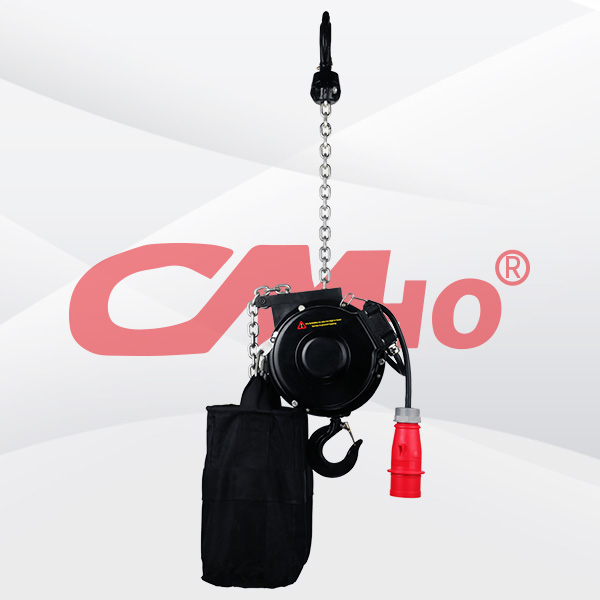
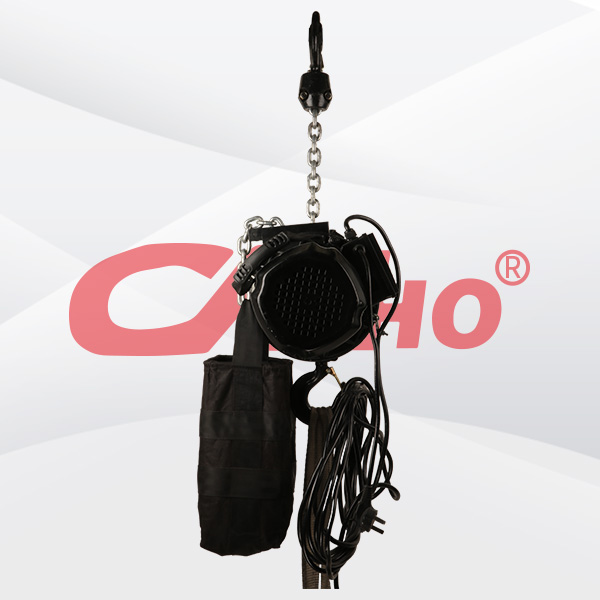
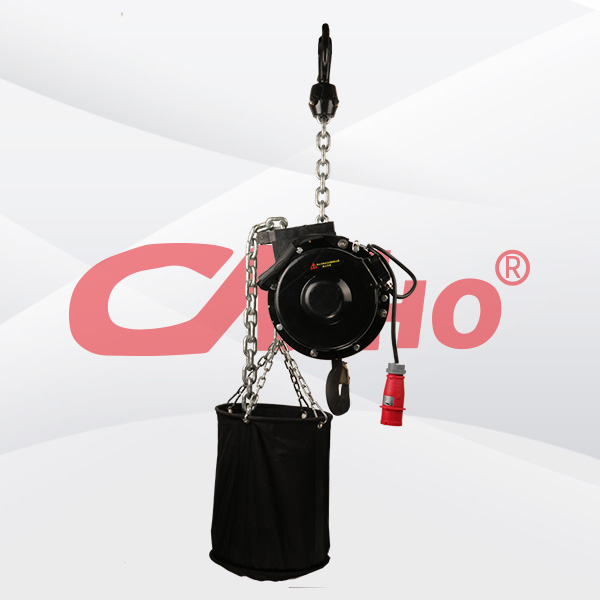
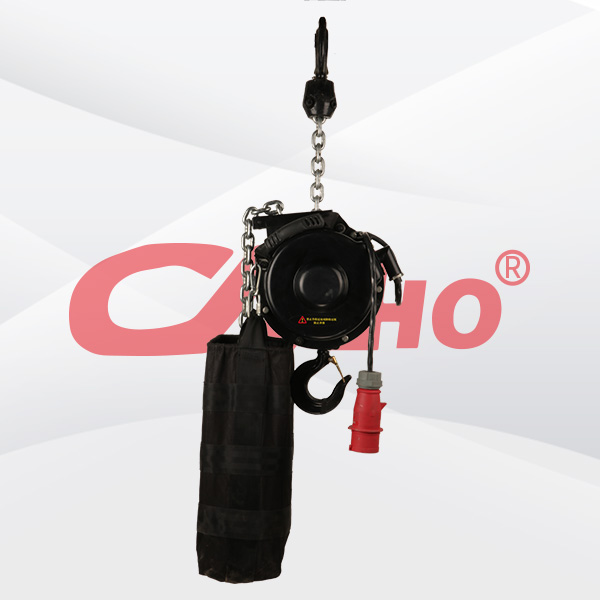





Product Details
Maintenance of stage electric hoist lifting chain under specific environmental conditions
The material of the stage electric hoist lifting chain is alloy steel, which is prone to corrosion and rust. During normal use, attention should be paid to maintenance.
1、 Dust pollution: Dust pollution is common in the environment and cannot be avoided. While dust pollution adsorbs on the surface of the chain, it also contaminates the surface of the chain with corrosive substances in the air. If not cleaned in time, it will inevitably have an irreparable impact on it.
Maintenance: Regularly clean and wipe the chain, and apply rust proof oil after cleaning.
2、 Water vapor: The material of the chain is steel. In an aerobic environment, the metal elements in the chain will undergo oxidation-reduction reactions with water, resulting in rust spots on the chain.
Maintenance: Avoid prolonged use in damp and humid environments, wipe or air dry in a timely manner after use, and apply rust proof oil after drying.
Maintenance methods for reducing wear and tear of stage electric hoist lifting chain rigging
The stage electric hoist lifting chain rigging is mainly a lifting tool connected by lifting rings, hooks, and chains. It has the characteristics of high working strength, frequent use, and rapid wear and tear of various components, especially the lifting chain part. Users need to pay attention to maintenance and replace scrapped items with new ones in a timely manner.
1. If one of the multiple leg rigging components has a problem, it is not allowed to replace the chain separately. The old and new components cannot be mixed to avoid breakage.
2. Lubricating oil should be added appropriately during use to improve work efficiency and reduce wear.
3. Select rigging specifications based on the weight of the lifted object, and overloading is not allowed.
4. The rigging should be cleaned and stored in a dry environment when not in use to avoid rust spots.
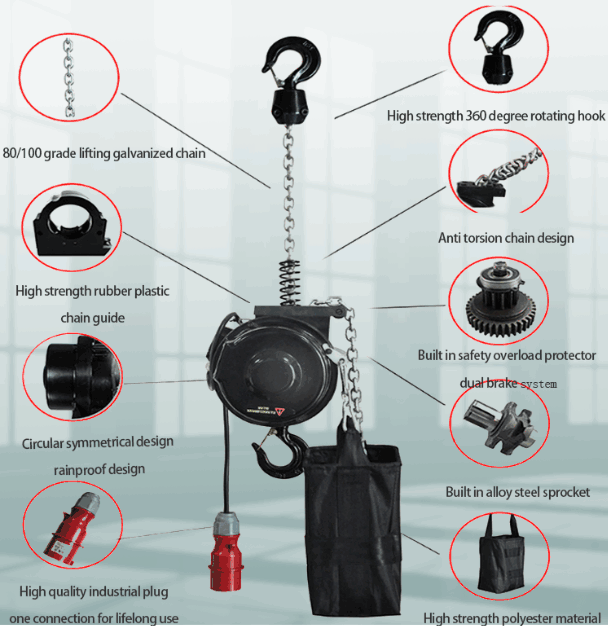
RELATED PRODUCTS .
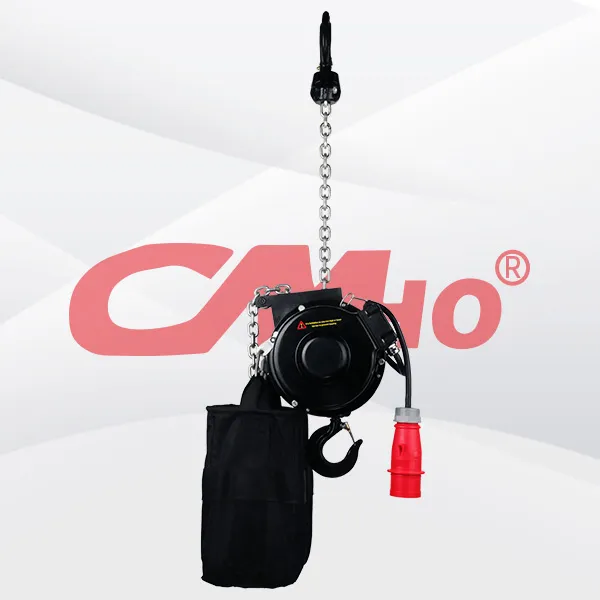
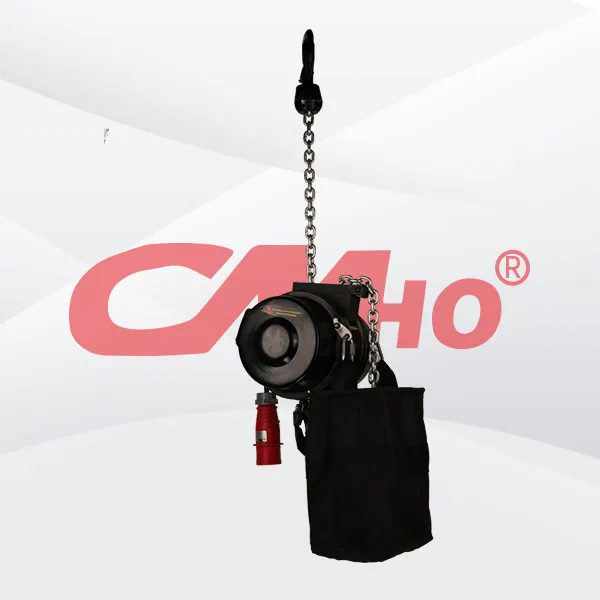
Small stage electric hoists demonstrate unique advantages in space constraints, cost control, and scene adaptation through their characteristics of "small size, low energy consumption, and easy o...
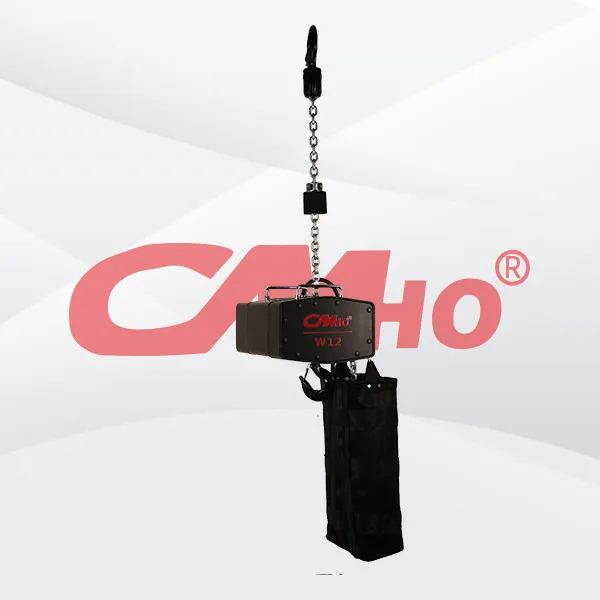
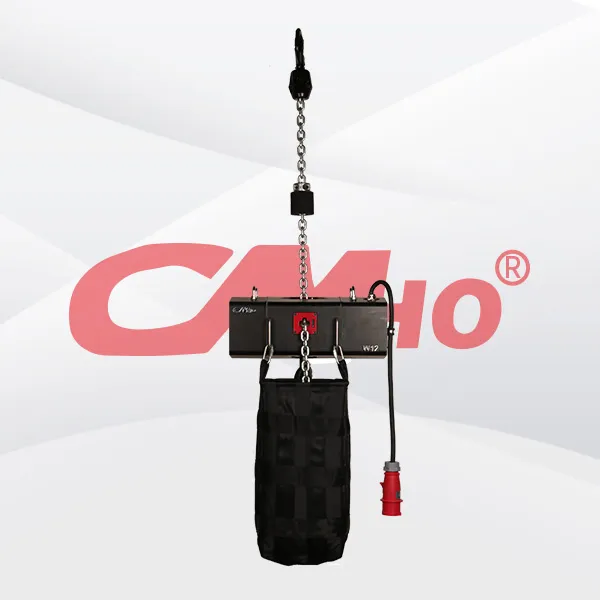
In the wholesale model of stage electric hoists, the larger the purchase quantity, the more significant the unit price discount provided by the factory, which reduces the procurement cost per device.
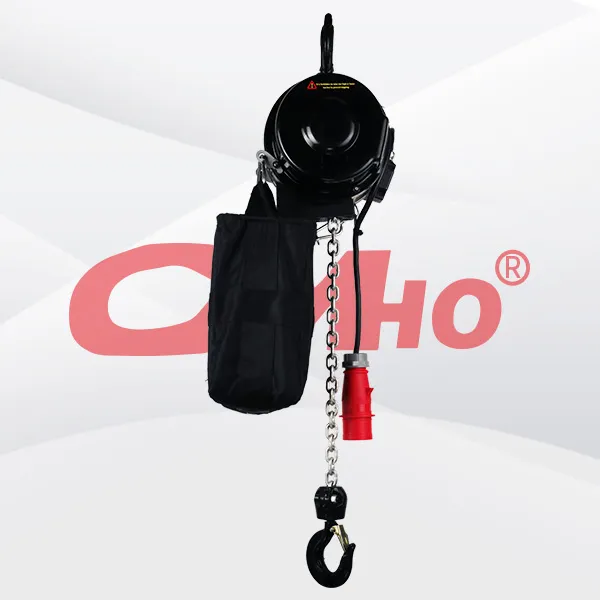
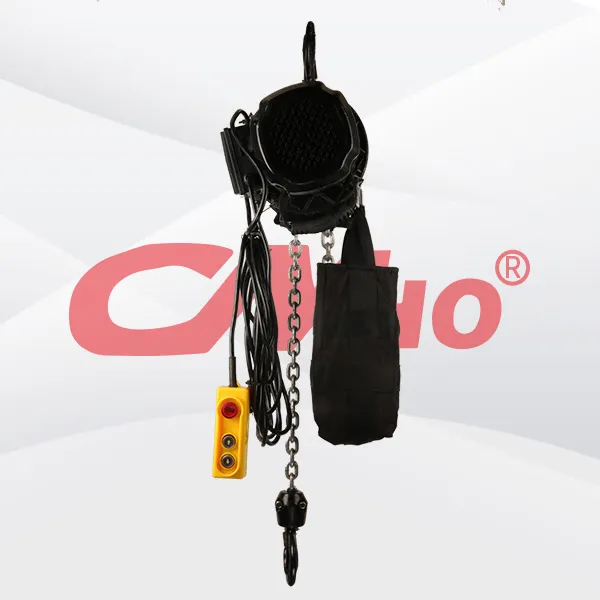
Lightweight stage electric hoists cover the full range of scenarios from professional performances to emergency applications through three major advantages: "weight reduction - efficiency improve...
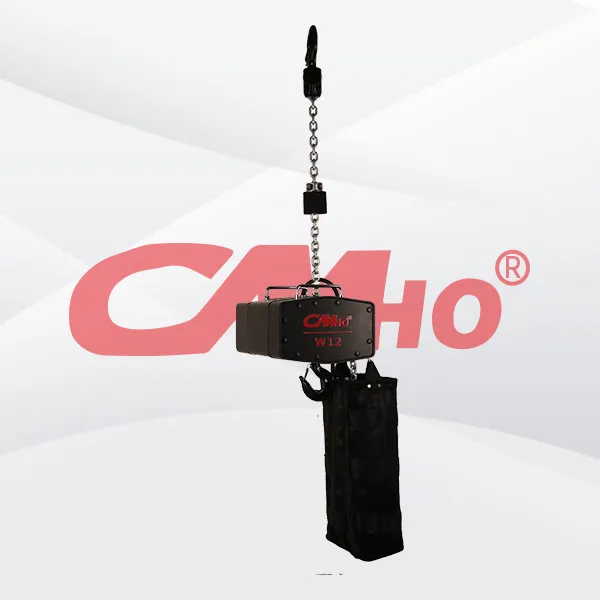
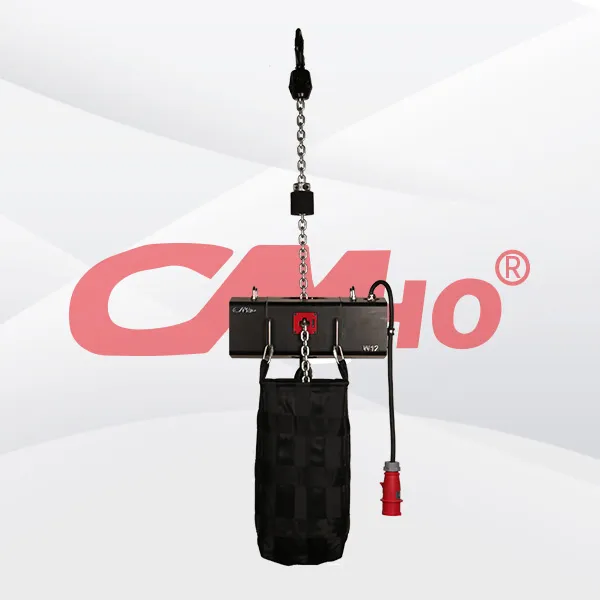
Aluminum stage electric hoists offer comprehensive advantages over steel products in stage scenarios, especially suitable for professional performance venues with high requirements for weight, aesthet
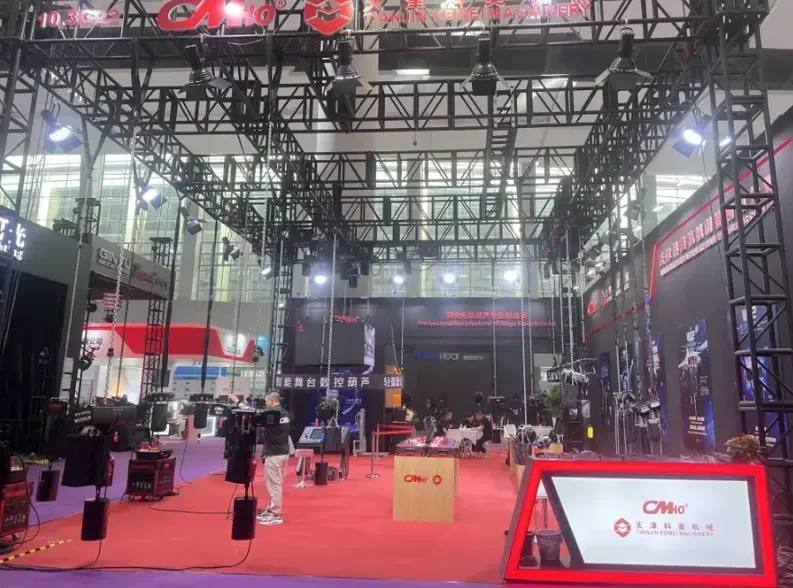
2025-05-27
创始人
0
Guangzhou International Professional Lighting and ...
We look forward to meeting you at the exhibition site and jointly drawing a new blueprint for industry development!
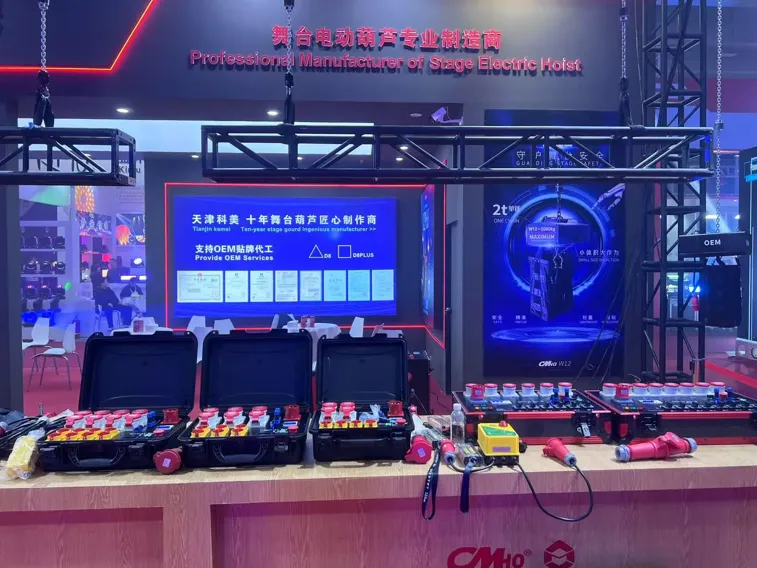
2025-02-28
创始人
0
The participation of Tianjin Kemei in the Guangzho...
Tianjin Kemei made a remarkable and eye-catching appearance at the Guangzhou (International) Performing Arts Equipment, Intelligent Acoustic, Optical and Electrical Products...
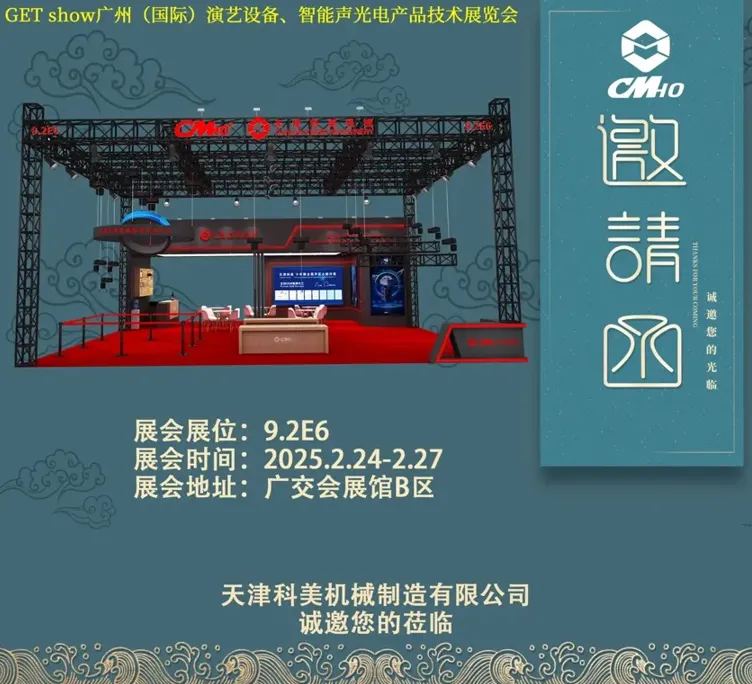
2025-02-27
创始人
0
Guangzhou (International) Performing Arts Equipmen...
In the era of the rapid development of stage lifting equipment and intelligent acousto - optic technology, every industry event serves as a crucial opportunity for innovatio...
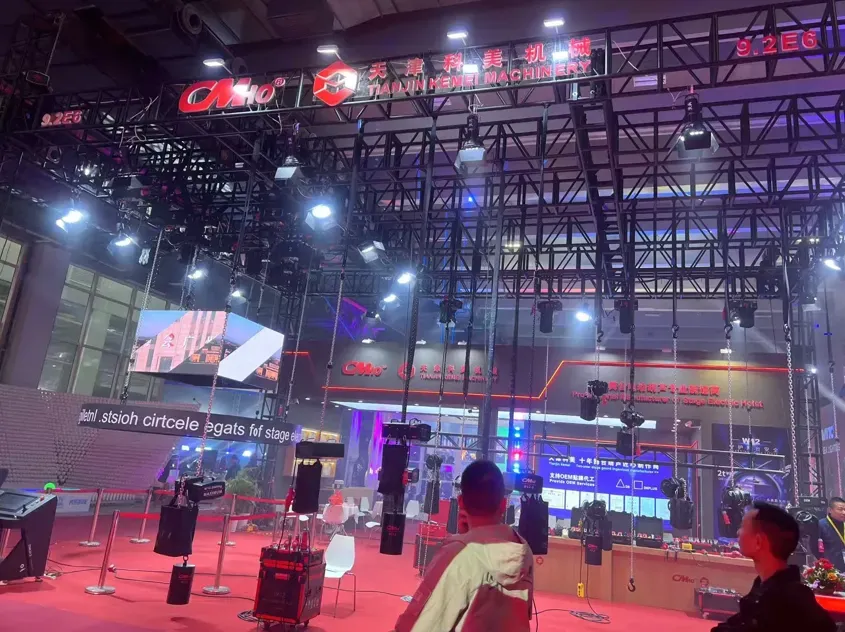
2025-02-27
创始人
0
GET show Guangzhou (International) Performing Arts...
Tianjin Kemei Machinery Manufacturing Co., Ltd. has been deeply engaged in the stage equipment manufacturing field for many years and has developed into a modern benchmark e...

